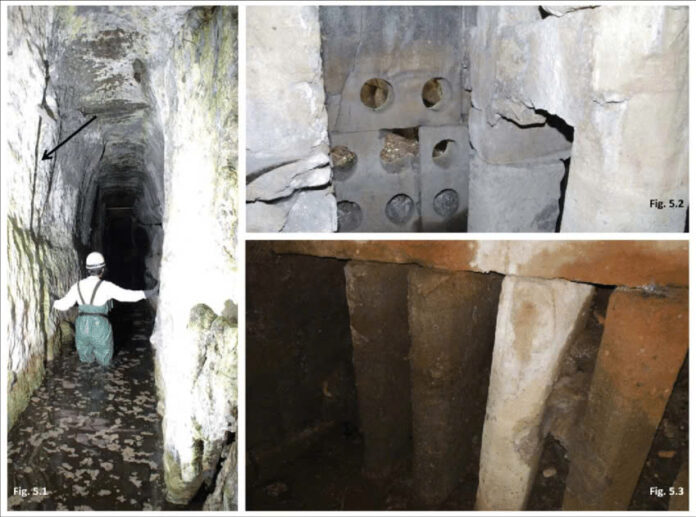A Divine Prophecy and a Strategic Siege

In the heart of ancient Italy, a remarkable story unfolds—a tale where mythology, engineering, and human ambition converge in the most unexpected ways. The year was 398 BCE, and the Roman army found itself locked in a grueling siege of the Etruscan city of Veii, when nature itself seemed to intervene in their military campaign.
The Mysterious Rise of Lake Albano
Suddenly and inexplicably, Lake Albano’s waters began to rise dramatically, despite an absence of significant rainfall. This mysterious phenomenon was not merely a geological event, but what the Romans perceived as a profound divine message. Seeking understanding, they turned to the revered Oracle of Delphi, whose guidance would transform their military strategy.
The Oracle’s Prophecy and Engineering Marvel
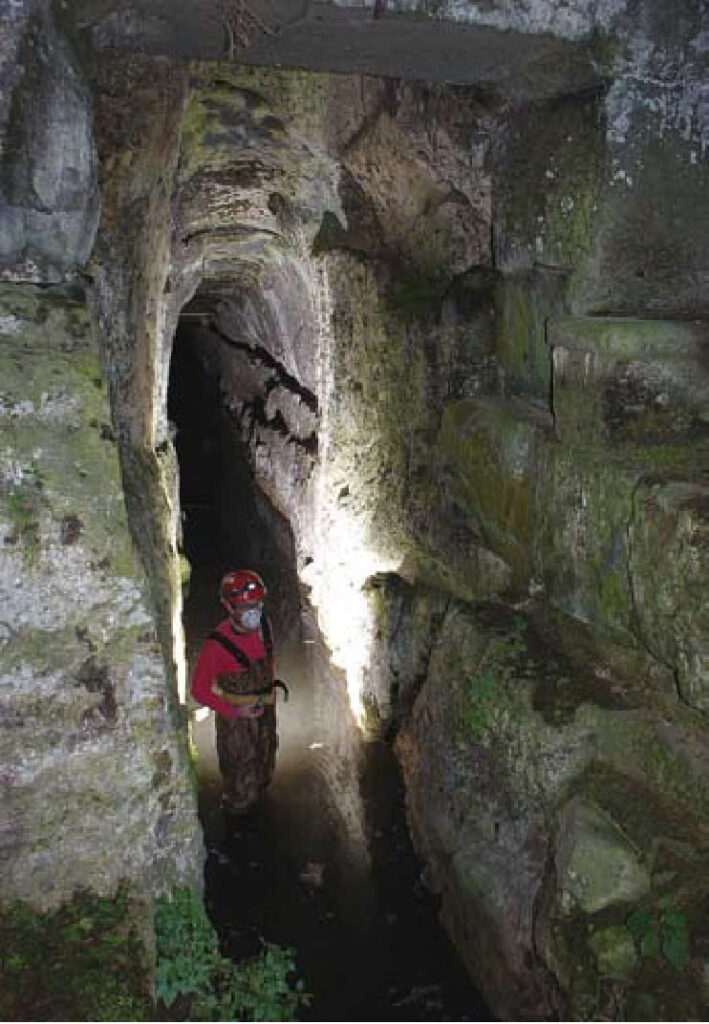
The oracle’s instructions were clear and extraordinary: disperse the excess water into surrounding fields, not allowing it to flow into the sea. This directive came with a powerful promise—following these instructions would secure their victory over Veii. Simultaneously, an Etruscan soothsayer predicted the city’s fall if the lake was drained, adding another layer of mystical complexity to their mission.
A Tunnel Like No Other
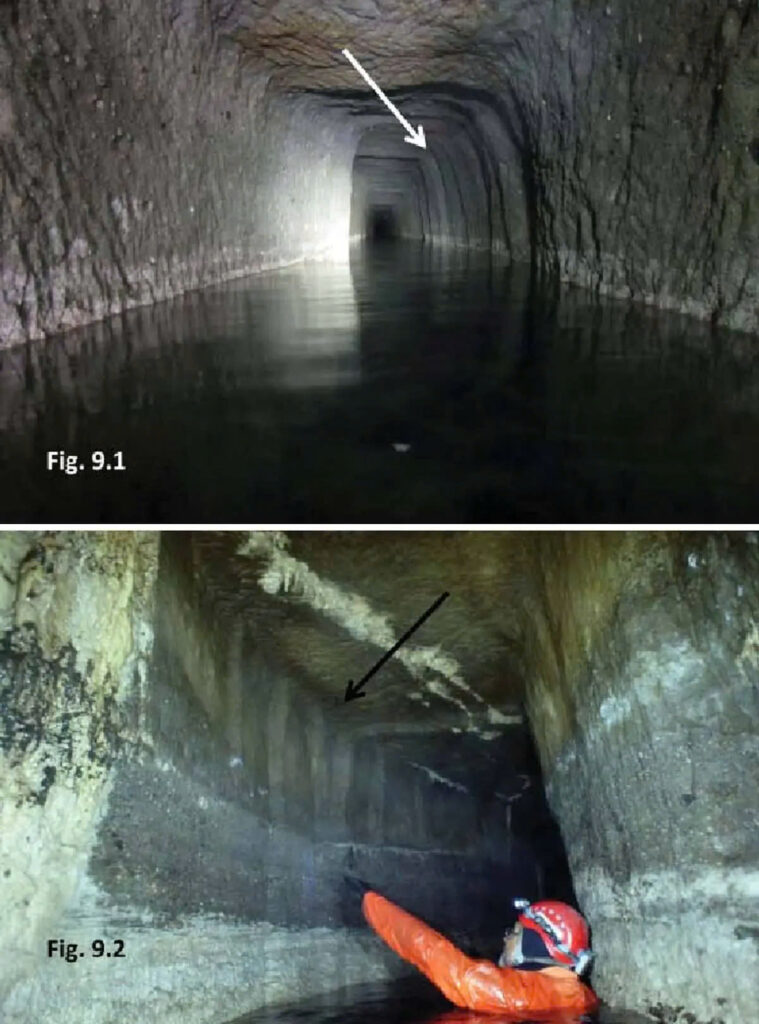
What emerged from this prophetic context was an engineering masterpiece. The Lake Albano tunnel, stretching approximately 1.5 kilometers with a width just over one meter, represented the pinnacle of ancient hydraulic engineering. Featuring sophisticated elements like perforated stone grids for filtration and movable barriers for water flow control, the tunnel was a testament to the advanced capabilities of Etruscan and Roman civilizations.
Beyond Mythology: Practical Innovations
Archaeological evidence suggests the tunnel’s origins potentially dated back to the 6th century BCE, with Etruscan engineers initiating its groundbreaking design. The Romans, drawing from this rich hydraulic tradition, enhanced the structure during their siege—transforming a mythological directive into a practical solution.
Scientific Perspectives
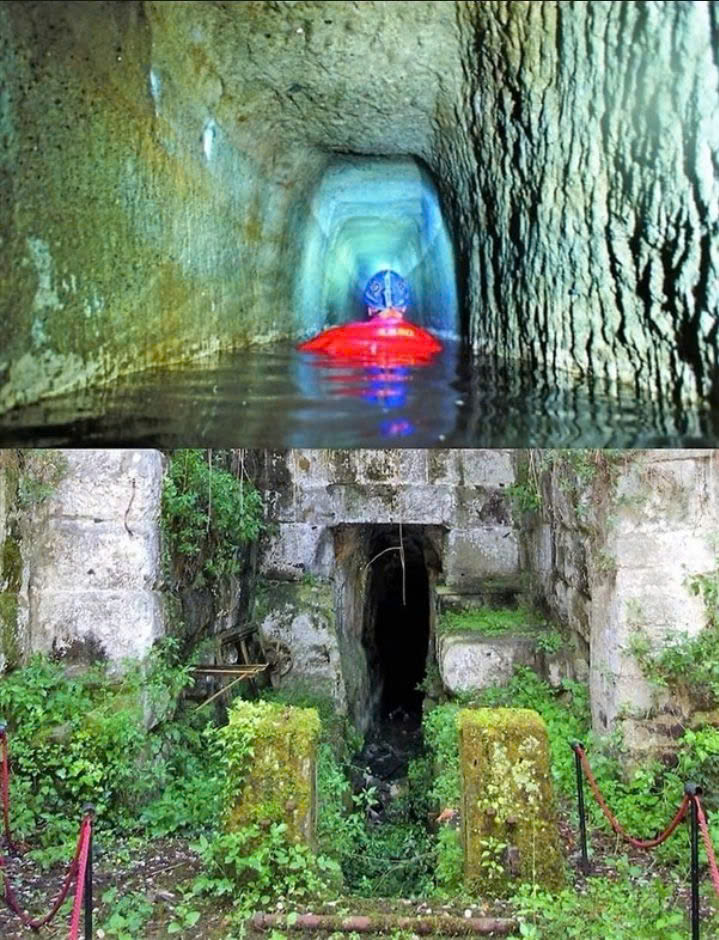
Modern geological studies offer rational explanations for the lake’s sudden rise, pointing to potential causes like seasonal snowmelt or landslides triggered by temperature changes or seismic activity. Yet, what remains most impressive is the Romans’ ability to interpret these natural phenomena through a lens of divine intervention and technological innovation.
A Legacy Spanning Millennia
The tunnel’s significance extended far beyond its mythological origins. Throughout the Middle Ages, it continued to serve practical purposes, supporting local milling operations and agricultural needs. This enduring utility underscores the remarkable ingenuity of ancient civilizations.
A Timeless Achievement
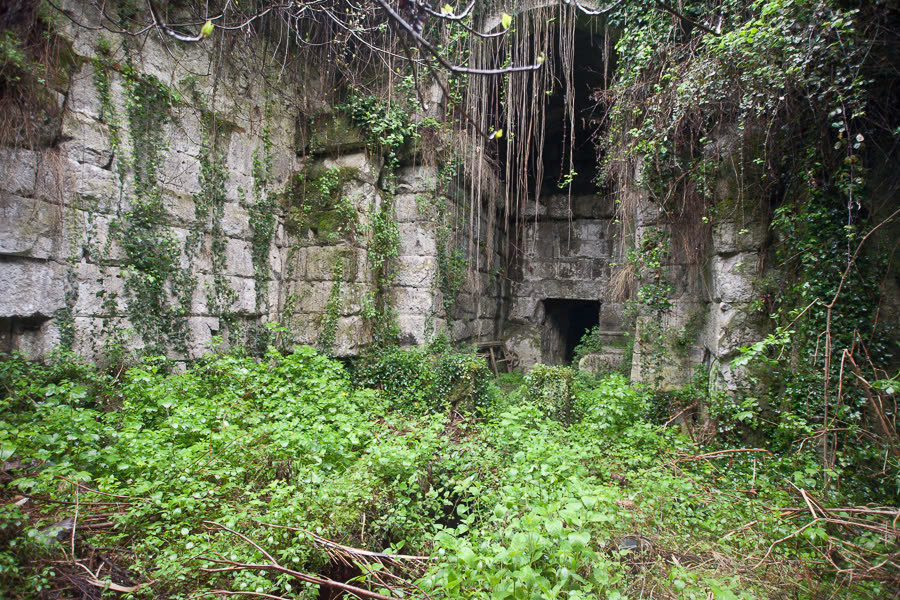
The Lake Albano tunnel stands as a powerful symbol of human creativity—a structure that seamlessly blends legend with engineering. Whether viewed as a fulfillment of divine prophecy or a pragmatic environmental solution, it remains a monumental achievement that continues to captivate historians and engineers alike.
In the end, this extraordinary tunnel represents more than just a water management system. It is a narrative of human resilience, technological innovation, and the timeless connection between natural phenomena and human interpretation.
